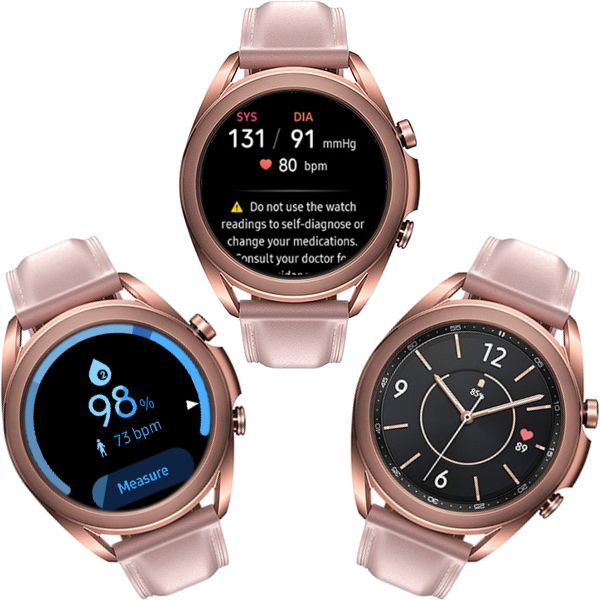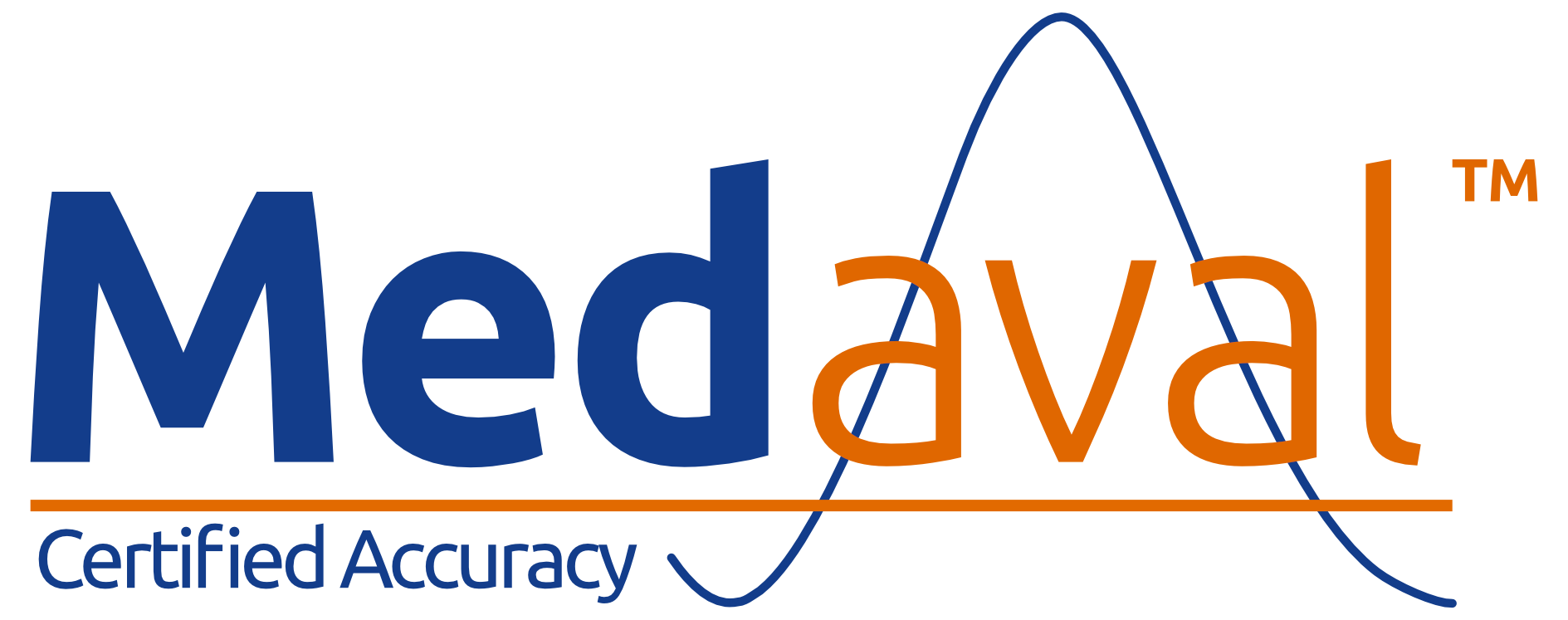Samsung Galaxy Watch3 (SM-R850)

Device Name:
Galaxy Watch3
Device Model:
SM-R850
Manufacturer:
Samsung Engineering Co. Ltd., Samsung GEC, 26 Sangil-ro 6-gil, Gangdong-gu, Seoul, REPUBLIC of KOREA.
Measuring functions:
BP with app, SpO2 with app, Pulse rate, Activity, Pedometer, Sleep Monitor, Calories, Stress, Consumption
Primary Client Use:
Intended for self-measurement and home use
Measurement Site:
BP & SpO2: Wrist
Measurement Occurrence:
BP: Single measurements only; SpO2: Continuous measurement
Availability:
Available Currently
Description:
The Samsung Galaxy Watch3 (SM-R850) is a multi-functional wrist-monitor. Its blood pressure measurement technology has been proven to be accurate and information regarding the accuracy of its oxygen saturation measurement technology does not appear to be available. Blood pressure measurements and oxygen saturation measurements are taken from the wrist. It is intended for self-measurement and home use.
Assessment:
The technology used in the Samsung Galaxy Watch3 (SM-R850), to measure blood pressure, has passed in a clinical validation study, in a specific population, according to a recognised standard protocol, as published in a peer-reviewed publication. There appears to be no peer-reviewed clinical validation information available on the technology used in the Samsung Galaxy Watch3 (SM-R850) to measure peripheral oxygen saturation.
Recommendations:
| Accuracy Assessment | Recommendation | Basis | |
| BP | Medaval | Recommended in certain condition(s) | Validation in specific condition(s). See publications for details. |
| BP | MDR Criteria | Self-measurement | Published evidence |
Validation Publications:
Ahn JH, Song J, Choi I, Youn J, Cho JW. Validation of Blood Pressure Measurement Using a Smartwatch in Patients With Parkinson's Disease. Front Neurol.:12:650929. Epub: 2021 Jun 29. doi: 10.3389/fneur.2021.650929. PMID: 34267718. Available from: PMC8275847.
81060-2:2019 - Pass Parkinson's disease (n=56) (Note: Limitations include simultaneous opposite arm comparisons but without crossover (also calibration to opposite arm), BP distribution requirements not fulfilled (especially high BP), sample size and exclusion of subjects with severe resting tremor.)
